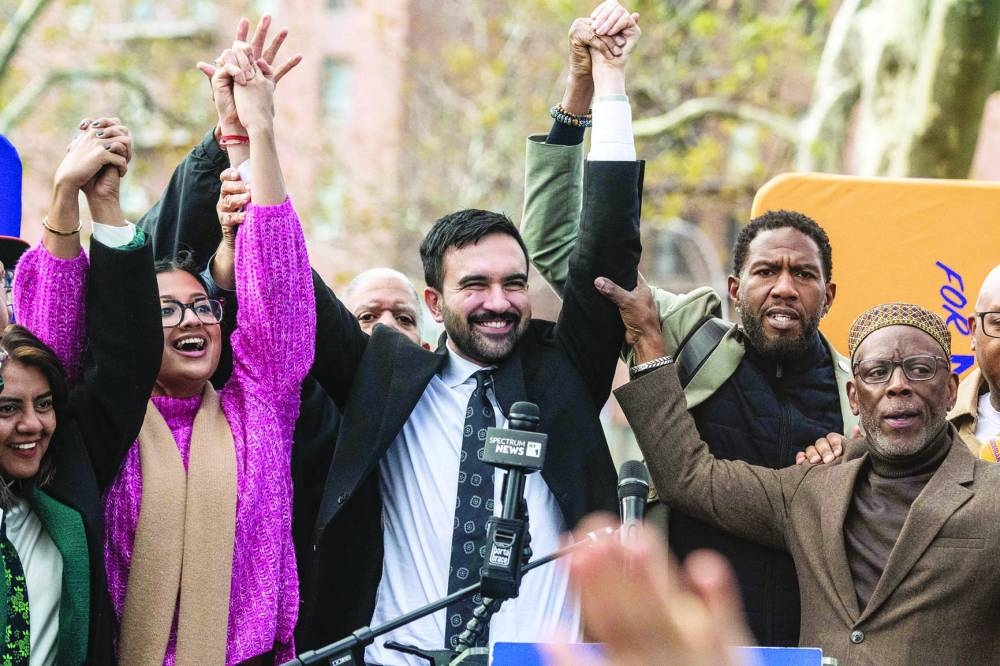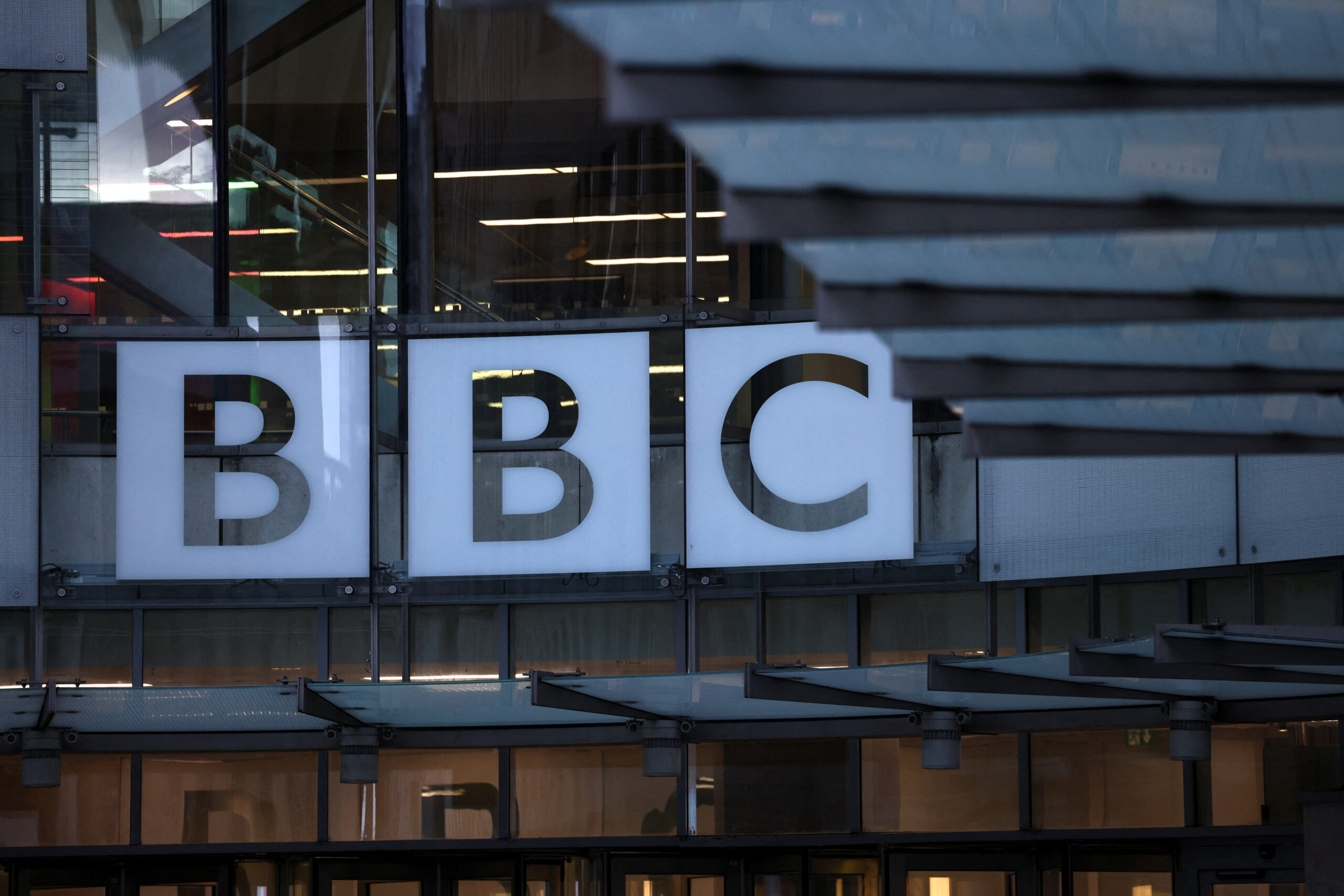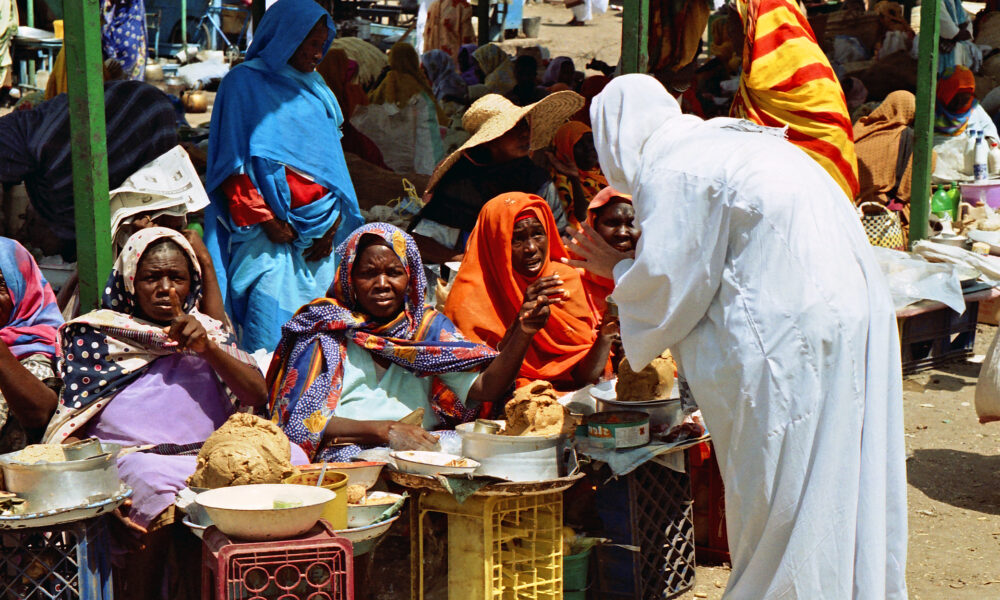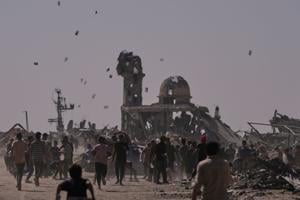New Yorkers are set to elect a new mayor on November 2, 2023, in a race that has captured national attention. The frontrunner, Zohran Mamdani, has faced significant commentary from high-profile figures, including former President Donald Trump, who labeled him “a communist.” Mamdani, a 34-year-old naturalised Muslim American representing Queens in the state legislature, is leading against former governor Andrew Cuomo, who is running as an independent after losing the Democratic primary to Mamdani.
According to a recent Quinnipiac University poll conducted from October 23 to 27, Mamdani holds a commanding 43% of the vote, while Cuomo follows with 33%, and Republican candidate Curtis Sliwa polls at 14%. This election has brought key issues to the forefront, including the rising cost of living, crime, and the candidates’ approaches to handling Trump, who has threatened to withhold federal funds from the city.
Campaign Dynamics and Support
Political observers note that Mamdani represents a significant shift within the Democratic Party, particularly among younger voters. Lincoln Mitchell, a political science professor at Columbia University, commented on Mamdani’s candidacy, stating, “Mamdani is an unusual political figure and really captures the spirit of the moment.” His campaign has rallied support from young New Yorkers, with reports indicating that approximately 90,000 volunteers have joined his efforts.
Mamdani has not shied away from addressing the Islamophobic rhetoric that he claims has permeated both Republican and Democratic circles. He highlighted the “anti-Muslim sentiment that has grown so endemic in our city” as a central theme of his campaign. His positions have resonated with many, including teenager Abid Mahdi, who likens Mamdani to Bernie Sanders, saying, “He is my Bernie Sanders in a lot of ways.”
Early voting statistics indicate that as of November 2, a total of 275,006 registered Democrats, 46,115 Republicans, and 42,383 unaffiliated voters have cast their ballots. The outcome of this election could significantly affect the political landscape of New York City, particularly with its implications for the Democratic Party’s direction.
The Final Stretch
As the election approaches, candidates are intensifying their efforts to connect with voters. Mamdani participated in a “paint and pour” event at an elder care home in Brooklyn, recognizing the importance of older voters who traditionally have higher turnout rates. Meanwhile, Sliwa has made headlines with unconventional appearances, including a recent rap video donning his signature red beret.
Cuomo, who has faced allegations of sexual assault, has been actively courting Black and Muslim voters, campaigning in Harlem alongside current mayor Eric Adams, who previously endorsed him. This final stretch of campaigning has seen candidates making bold moves to sway undecided voters.
The race has not been without its controversies. A British newspaper published an article claiming to feature an interview with former mayor and Mamdani supporter Bill de Blasio. The article, which questioned the affordability of Mamdani’s spending plans, was later retracted after de Blasio denied speaking to the journalist.
As New Yorkers prepare to cast their votes, the outcome of this election could reshape the city’s leadership and set a precedent for future political dynamics. The stakes are high, and the engagement of diverse voter blocs could determine the next chapter in New York City’s storied political history.







